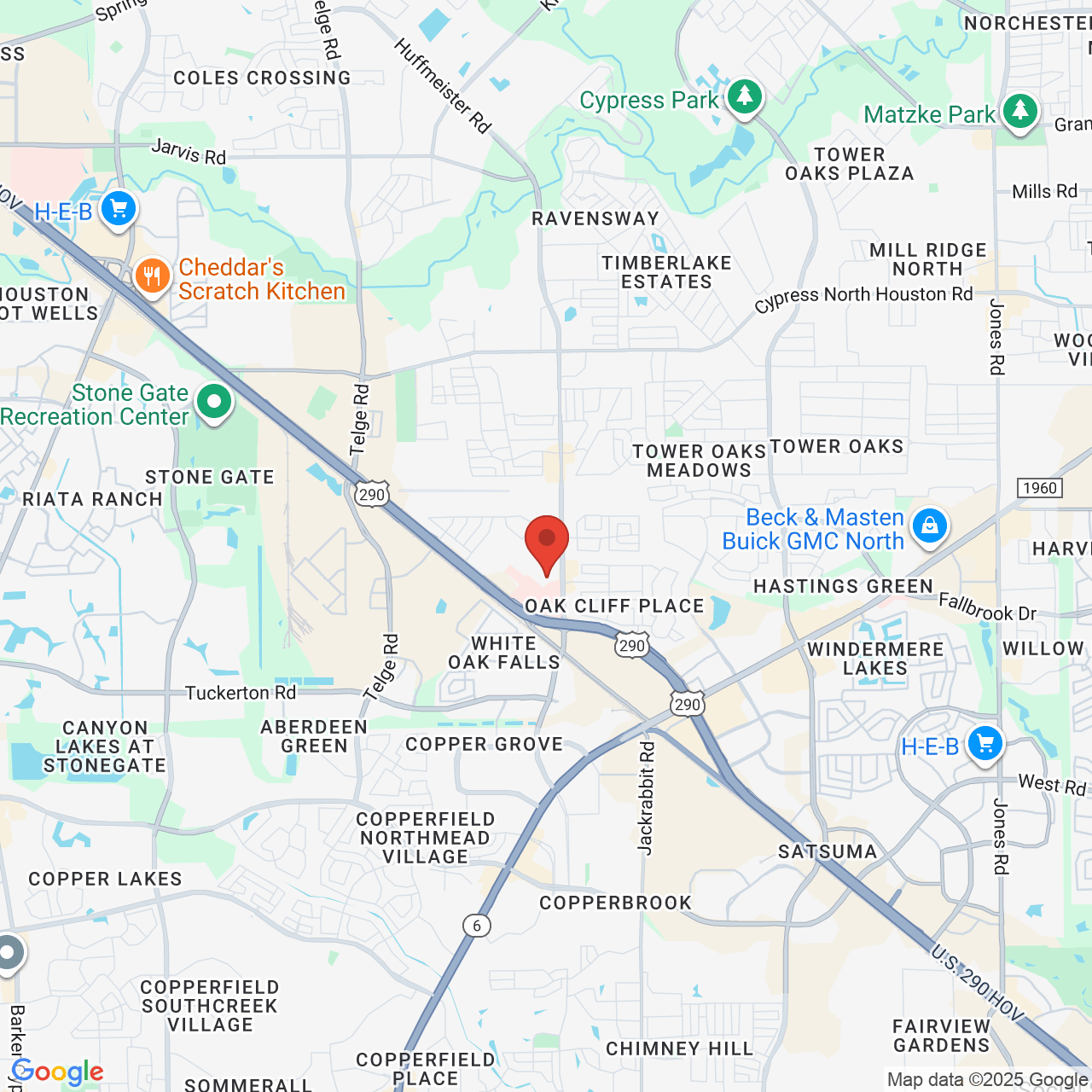Description
Dr. St. Laurent performs a laparoscopic roux-en-Y gastric bypass surgery. After making small incisions in the abdomen, he reduces the stomach to a portion of its original size and re-routes the intestine so that it bypasses the beginning of its tract. Afterward, patients feel fuller more quickly and experience less hunger between meals.
View transcript
The cone is removed off of the actual stapler and the spike is retracted. We then introduce the stapler handle into the Roux limb and advance it approximately 5 centimeters. The spike of the stapler handle is then advanced along the anti-mesenteric border of the small intestine. It is then connected to the approximately located anvil, and then securely fastened down. The stapler is subsequently fired, and then removed from the small intestine.
We make sure that there are two complete tissue rings and once this is confirmed, the stapler is irrigated and subsequently removed from the left flank incision along with the introducing cone. We then reintroduce our 15-millimeter trocar to complete the operation. The redundant portion of the small bowel overhanging the anastomosis is then resected using an additional firing of the linear stapler. The resected specimen of small intestine is then placed in a retrieval bag and brought out through the left flank incision. This prevents contamination of the subcutaneous tissue.
We then reinforce the anastomosis by placing Lembert sutures of 2-0 silk to help reduce the tension on the actual staple line. These sutures are placed on both the left and right lateral aspects of the anastomosis, as well as anteriorly. This helps reinforce the anastomosis and reduce the risk of a gastric leak. We proceed to test the anastomosis. We do this by clamping the Roux limb distal to the anastomosis and then filling the upper abdomen with saline.
We then perform an upper endoscopy and do an air insufflation test under the saline bath, looking for any air leak bubbles. Once we've confirmed that there is no leak, the abdominal irrigation is subsequently removed. This essentially completes the operation. We can now view the repaired hiatal hernia, the small upper stomach pouch, the anastomosis, and the Roux limb. We follow the Roux limb distally so that we can identify the distal anastomosis. Here, we can see the distal anastomosis is widely patent.
We then place the omental fat back over the small intestine and our abdominal closure is undertaken. The Nathanson liver retractor is removed and then we use a suture needle passer to close the lateral fascial defect. These defects are necessary to close in order to prevent any herniation at these sites. We close the left flank incision, as well as the right paramedian incision as these are our larger trocars. The remaining 5-millimeter trocars are withdrawn without closing. We subsequently remove the remaining air in the abdominal cavity and this completes the operation.
The patient's postoperative course was unremarkable. She underwent an upper GI the same day of surgery, which was normal and showed no leak. She was subsequently started on a clear liquid diet the following day and then discharged home.




































